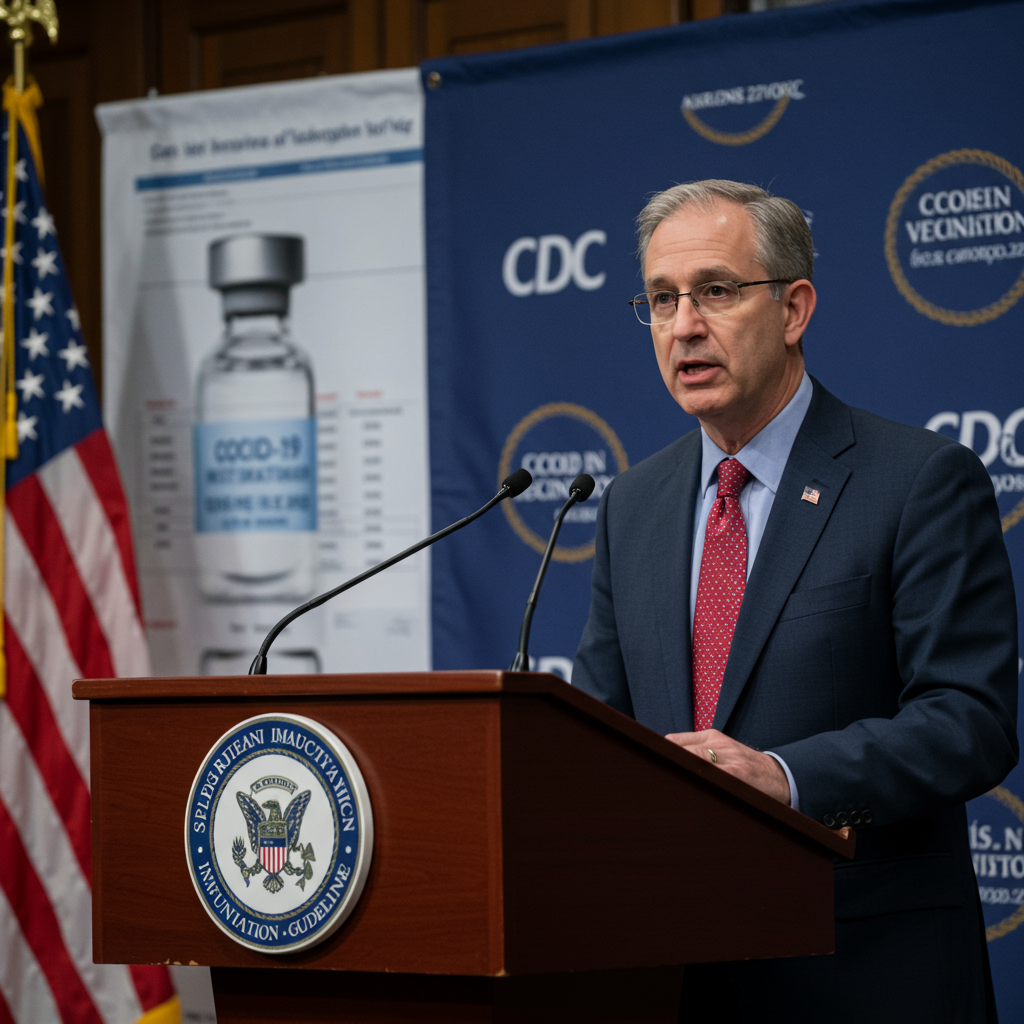Gaza crisis: Unveiling The Profound human Cost Today
The narrow, densely populated Gaza Strip has become a focal point of immense suffering. News of a potential 60-day ceasefire, as recently mentioned by US President Donald Trump contingent on “necessary conditions,” offers a fragile glimmer of hope. This proposed pause in hostilities also ties into efforts to secure the release of Israeli hostages, described as a key element of any future arrangement.
For the two million civilians trapped within this battered territory, any break in the relentless violence brings desperately needed relief. They have endured an unrelenting siege and bombardment since October 2023. This began after Hamas militants crossed the border into Israel, resulting in the deaths of over 1,200 people.
A Brief Respite From Relentless Suffering
A temporary ceasefire could provide the first moment of calm in many months for Gaza’s exhausted population. It offers a chance for families to breathe without the immediate fear of attack. For dedicated medical professionals, a pause means a momentary reprieve from impossible decisions made hourly.
Dr. Taher Almadhoun, a young doctor, shared his harrowing experiences. He spoke of immense personal loss, having lost two brothers during a previous round of conflict. Despite his own grief, he continued his work, tending to the wounded with remarkable fortitude. His composure seemed almost otherworldly given the circumstances.
Attempts to contact him later were met with prolonged silence. In Gaza, silence often speaks volumes – of destroyed infrastructure, communication breakdowns, and the chilling uncertainty of life or death. His eventual reply was a testament to both profound weariness and unwavering determination.
He shared personal updates: marriage to a fellow medical professional, a baby born into a world of constant displacement. Their home, built with years of sacrifice, was now rubble, indistinguishable from countless other ruined structures. His aspirations for advanced medical studies abroad have been eclipsed by fundamental desires: seeing another sunrise, ensuring his child survives another day.
The Quiet Ordeal of Gaza’s Medics
Dr. Almadhoun’s story mirrors that of thousands of medical workers in Gaza. Their professional lives have transformed into a constant theater of ethical dilemmas. Each shift demands gut-wrenching choices: who receives the last pain relief, which severely injured child to prioritize when supplies are non-existent.
For these individuals, a ceasefire is more than a halt in fighting. It represents a chance, however brief, to experience life without the omnipresent shadow of fear. Describing the situation solely as a “humanitarian crisis” feels inadequate; labeling it a “catastrophe” still falls short. It is, fundamentally, a drawn-out, devastating erosion of a people’s collective soul and the slow unravelling of human dignity itself.
Life and Death Intertwined
In Gaza, the lines between the living and the dead are blurred. The poet T.S. Eliot wrote of finding “fear in a handful of dust.” Here, fear arrives differently: in the scramble for a bag of flour, the drone’s persistent hum overhead, the empty shelves of the last remaining pharmacy.
The scale of loss is staggering. Since October 2023, reports indicate over 65,000 deaths. This horrific arithmetic defies comprehension. Yet, numbers fail to capture the individual hell endured by every parent, child, and elder whose existence has shrunk to a daily routine of hunger, sorrow, and dread.
The Perils of Seeking Aid
Survival hinges on scarce resources, yet even accessing help has become fraught with danger. Aid convoys arrive carrying provisions barely sufficient to stave off famine. Tragically, distribution sites have reportedly turned into zones of extreme peril.
Witnesses describe incidents where tanks, drones, and gunfire have targeted civilians waiting for food. Local accounts and figures from the Hamas-run health ministry suggest hundreds of Palestinians have been killed and thousands injured while simply queuing for rations.
Regardless of political stance, the reality on the ground is undeniable: people are utterly exhausted, starving, and broken. A journalist described Gaza as a “dead city, a dying city.” This is not exaggeration. A population of two million, half of them children, exists without reliable access to clean water, electricity, or essential medicines.
Remaining hospitals are overwhelmed beyond any functional capacity. Doctors and nurses work punishing shifts, battling exhaustion to care for patients suffering from grievous injuries, rampant infections, or chronic illnesses left untreated for months.
The Center Cannot Hold
The devastation in Gaza evokes William Butler Yeats’ lines: “Things fall apart; the centre cannot hold…” The ceremony of innocence, it seems, was lost in Gaza long ago. A widowed mother, Umm Raed al-Nuaizi, voiced a question that haunts many: “Why are our children’s lives seen as so cheap?” Her query hangs in the air, met with silence from a world seemingly desensitized to atrocity. Her son was reportedly shot and severely injured while trying to collect flour. In many places, deliberately targeting civilians would provoke outrage. Here, it risks becoming horrifyingly routine.
Reports about aid mechanisms, like one entity described by some UN officials as a “death trap,” highlight the desperate situation. Despite condemnation for being woefully inadequate, such systems remain the only channels for food for a population facing famine. The chilling paradox persists: the simple, desperate act of seeking food aid can result in death.
The Unseen Agony
Beyond the visible casualties, a quieter form of suffering persists. Patients with chronic conditions like diabetes or heart disease succumb in dimly lit rooms, unable to access even basic care. Their existence becomes a shadow of life, an echo of T.S. Eliot’s “hollow men”: bodies present, spirits perhaps already departed.
This is a wasteland, yes, but one purposefully constructed. Hope struggles to survive here. Each dawn arrives not with the promise of relief, but with the familiar weight of despair.
The horror extends beyond those who perish. Survivors face the daunting question of what survival truly means. Children growing up amidst such relentless trauma carry invisible scars. Even if the conflict ends, what future awaits a generation knowing only siege, bombing, and loss?
A Cemetery of the Living
Walking through Gaza’s ruins feels like traversing a landscape out of Dante’s Inferno. Piles of collapsed buildings, charred vehicles, and shattered lives form rings of devastation. Some aid workers grimly label the place a “cemetery of the living.”
Amidst this tragedy, the plight of dozens of Israeli hostages held by Hamas adds another layer of pain. Their families endure paralyzing uncertainty. There are no simple heroes or villains here, only profound layers of suffering and desperation. A mother in Rafah wonders nightly if her home is targeted. A father in Khan Younis weighs the risk of finding food against staying hidden. A child with pneumonia struggles for breath in a hospital lacking oxygen tanks. Every day begins and ends with the fundamental question: Can we survive until tomorrow?
Reflecting on history, we question how a seemingly civilized world stood by during past atrocities. Today, we witness another terrible spectacle: a population pushed to the brink, killed, injured, starved, and humiliated, in full view of the global community. Gaza’s people were already fragile from years of blockade and strikes. What unfolds now feels less like a sudden disaster and more like the cruel conclusion of a long process of subjugation.
The Death of the Human Soul
History will ultimately judge this period not by political statements but by the testimony of the dispossessed. Their suffering reveals the depth of the crisis, transcending arguments over land or ideology. It is a catastrophe affecting the human soul.
Reading accounts from Gaza, it feels undeniable that something vital is being lost. Not just infrastructure or lives, but the fundamental moral compass guiding civilization. When food becomes a weapon, medicine a bargaining chip, and children targets, a line has been irrevocably crossed.
T.S. Eliot’s words resonate: “Between the idea / And the reality / Between the motion / And the act / Falls the Shadow.” That oppressive shadow now covers Gaza, suffocating any semblance of normal existence. Even if the siege were lifted, the spiritual wounds would persist. What work would exist in this ruined city? Where would people find homes to return to? How can peace flourish when so many ghosts haunt the survivors?
A Flicker of Resilience
Yet, even amid such profound devastation, a fragile resilience endures. Like lilacs somehow blooming from dead ground, humanity persists in the wasteland. The people of Gaza have not surrendered their core humanity, even as international attention sometimes wavers. In the ruins, volunteers share scarce water, strangers offer shelter to the displaced, and doctors continue saving lives, knowing their own could end any day.
This resilience is not victory. It does not erase the horror. But it serves as a powerful reminder that even in the most desolate circumstances, something sacred survives: the simple, unyielding belief in the value of human life.
Ultimately, regardless of justifications offered, Gaza stands as a place that should weigh heavily on the conscience of anyone willing to look honestly. Beyond the rhetoric of policy and security, a deeper question remains long after the last shot: What have we become, to witness such immense suffering and dismiss it as mere ‘collateral damage’?
Frequently Asked Questions
What is the current humanitarian situation like for civilians in Gaza?
The humanitarian situation is catastrophic. Civilians face extreme shortages of food, clean water, electricity, and medical supplies due to the ongoing siege and conflict since October 2023. Homes and infrastructure are widely destroyed, forcing hundreds of thousands into repeated displacement. Daily life is dominated by hunger, fear, and the struggle for basic survival, with limited access to essential services and safety.
How has the conflict impacted essential services like healthcare and aid distribution in Gaza?
Healthcare infrastructure in Gaza is severely damaged and overwhelmed. Hospitals operate under extreme pressure with critical shortages of staff, equipment, and medicine, making it difficult to treat both war-related injuries and chronic illnesses. Accessing humanitarian aid is also perilous; distribution sites have reportedly come under attack, resulting in civilian casualties, turning the act of seeking food into a potentially deadly risk.
What are the broader implications of the crisis in Gaza on human dignity and the international community?
Beyond the immediate loss of life and physical destruction, the crisis represents a profound erosion of human dignity. The scale of suffering, lack of basic necessities, and the dangers faced while seeking aid highlight a systemic collapse. Many observers feel the world’s response raises difficult questions about international accountability and the value placed on human life in conflict zones, suggesting a failure of the international community to uphold fundamental humanitarian principles.



